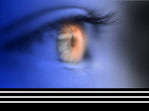|
Winter is the ideal time to get a colt started! The sooner it's started, the sooner you'll begin enjoying what you've
been dreaming of. Two, or if needed, three months of training, over the winter, & your horse will be ready for you to
enjoy throughout our way too short nice season!
If you can bring your colt along properly by yourself, once it's been started, then 2 months of training may
be enough on a well-bred colt. If the horse has "issues", or, if you aren't experienced with developing green colts, then
I strongly suggest you pay for 3 full months of training. It'll just make your experience so much more pleasurable. (And, cheaper in the long-run.)
The foundation of my horsemanship is based in my cultural traditions. In Lakota culture, the horse (Sunkawakan - Sacred
dog) is so integral to our spirituality, that it is held that a man is not complete without a horse. Also, we believe that
horses are so special that bad will befall anyone who abuses them. Therefore, horses are extremely revered & respected
amongst traditional Lakota people ("The finest light cavalry the world has ever seen", in the words of an American general.)
Lakota men, as well as horsemen of many Plains nations, often composed songs for their favorite horses.
Beyond all cultural implications, my
strongest influence regarding horsemanship, & horse training methodology, comes from the classical Spanish school, as developed in Alta California by the vaqueros. These vaqueros/Californios are widely regarded as
being the supreme horsemen of all time. Their techniques came up from Mexico, with Spanish priests, & were taught (illegally,
according to their law) to the Native people. Eventually, Mexican vaqueros moved up from Sonora & elsewhere; &, in
time, Europeans from the eastern states moved in, eagerly learning the ways of the Californio. Today, vaqueros/buckaroos/cowboys
of all colors find the Californio horse & stock handling methods to be a true treasure.
There is, unfortunately, great miss-information,
& misunderstanding, surrounding Californio tack & methods. The greatest misunderstanding is regarding the spade bit.
Many, unfamiliar with the spade, view this as being a very cruel bit. However, they understand neither the form, nor the function
of the spade. First, the chin strap would not permit the movement they fear. And, the hands of a true horseman would never
cause such harm, even if it was possible.
The hands are where most abuse originates from though,
regardless of tack or methodology! And, if you want to see how cruel hands can be, just put a jointed snaffle in your closed
hand & pull on the reins! (Or, look at the tongue of a typical snaffle bit horse.)
Of course, it takes quite a while to get a horse
into the bridle using these methods (18 months to 3 years), & you most likely would not be interested in paying to have
your horse schooled for that length of time!! Still, the hackamore (jaquima) is what will be used on your horse, no bit.
And, to be clear, I use a traditional hackamore, NOT what they call a mechanical hack. A real hackamore consists of a rawhide
bosal, with either a rawhide core, or no core; a bosal hanger (the headstall); a horse hair mecate (the reins & get-down
rope); & a fiador (the rope throatlatch).
Out of respect for the horse, & practicality,
I have never seen a better way to make a well-reined stock or pleasure horse. Reins, bits, & spurs are signal devices
- not control devices. Starting your relationship with your horse with that understanding makes all the difference in the
world.
Carefully view the pictures in my photo album
page, & you will clearly see that we are absolutely respectfull, &, our horses turn-out very well!
At the bottom of this page you'll find a link
to my photo album, those pics show some horses we've worked with the past year or so. I strongly suggest viewing that page.
In my younger days:
| my colt, in bed with me, one month of age |
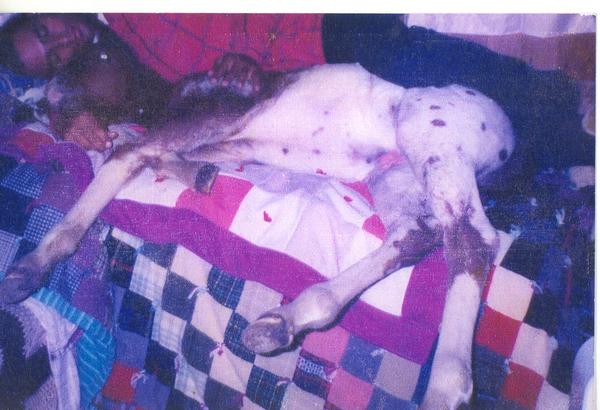
|
| this colt used to come in & eat oatmeal with me at our table every morning |
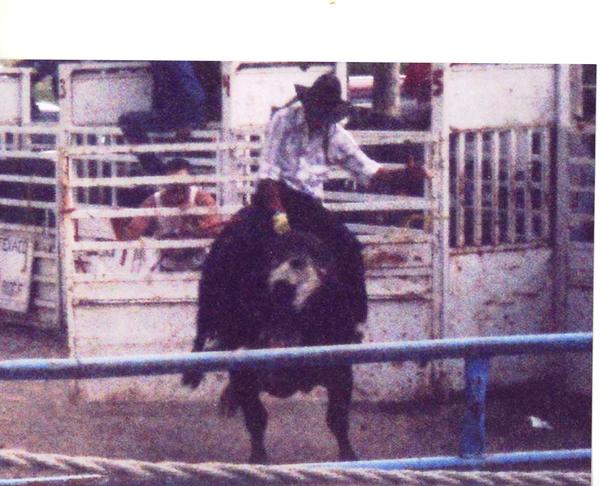
|
| Great Plains Indian Rodeo Association |
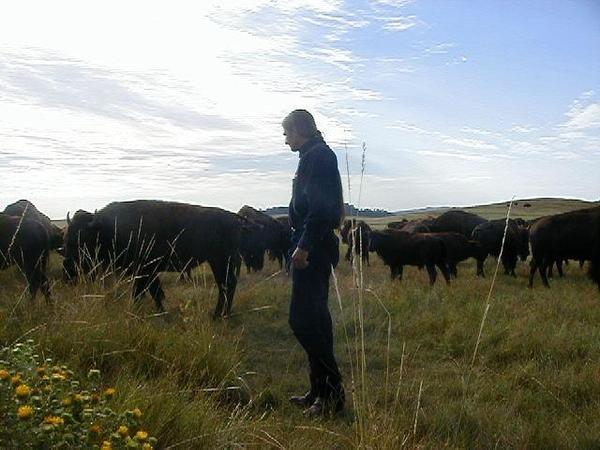
|
| I'm more comfortable around bison or horses than I am humans |
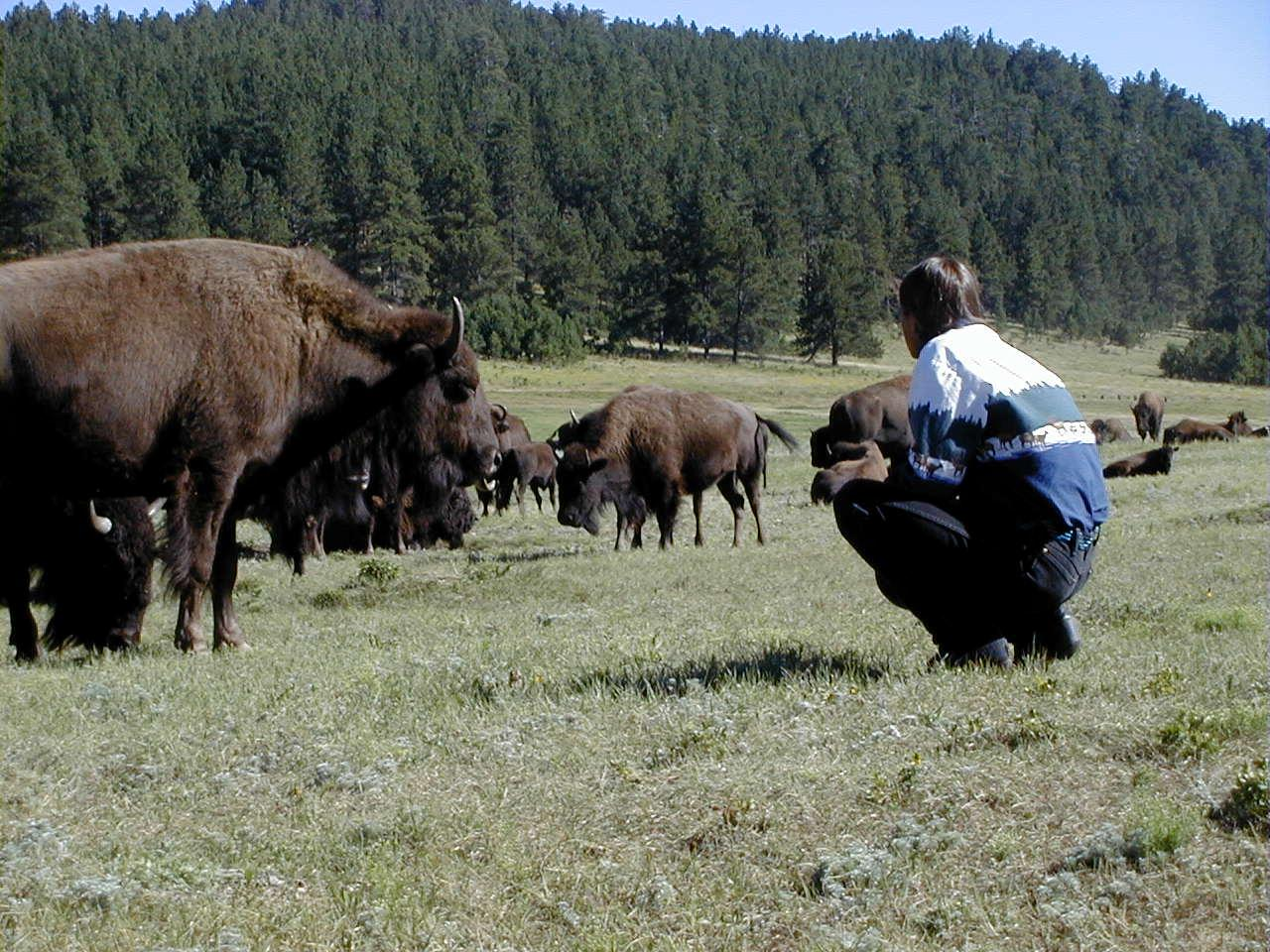
|
| He Sapa, Pte Oyate |
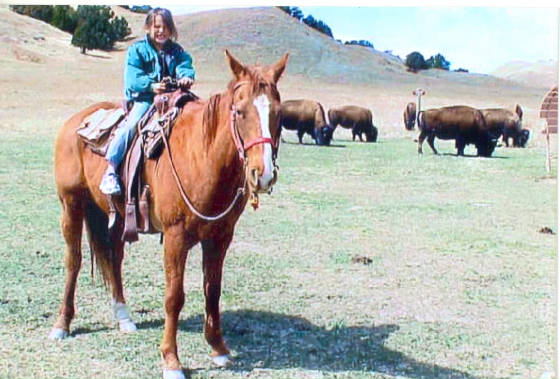
|
| my oldest son in 2000 |

|
| Pankeska helping me gentle the Park horses so my coworkers could ride them |
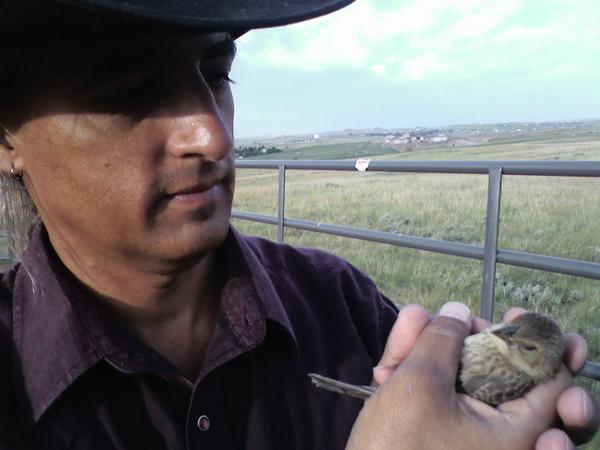
|
| soft hands are important for a horseman |
I have moved the photo page from this website to http://smokehorsetraining.pics.tripod.com/ Click on the link here, & view
the photos of horses we've worked with.
|
